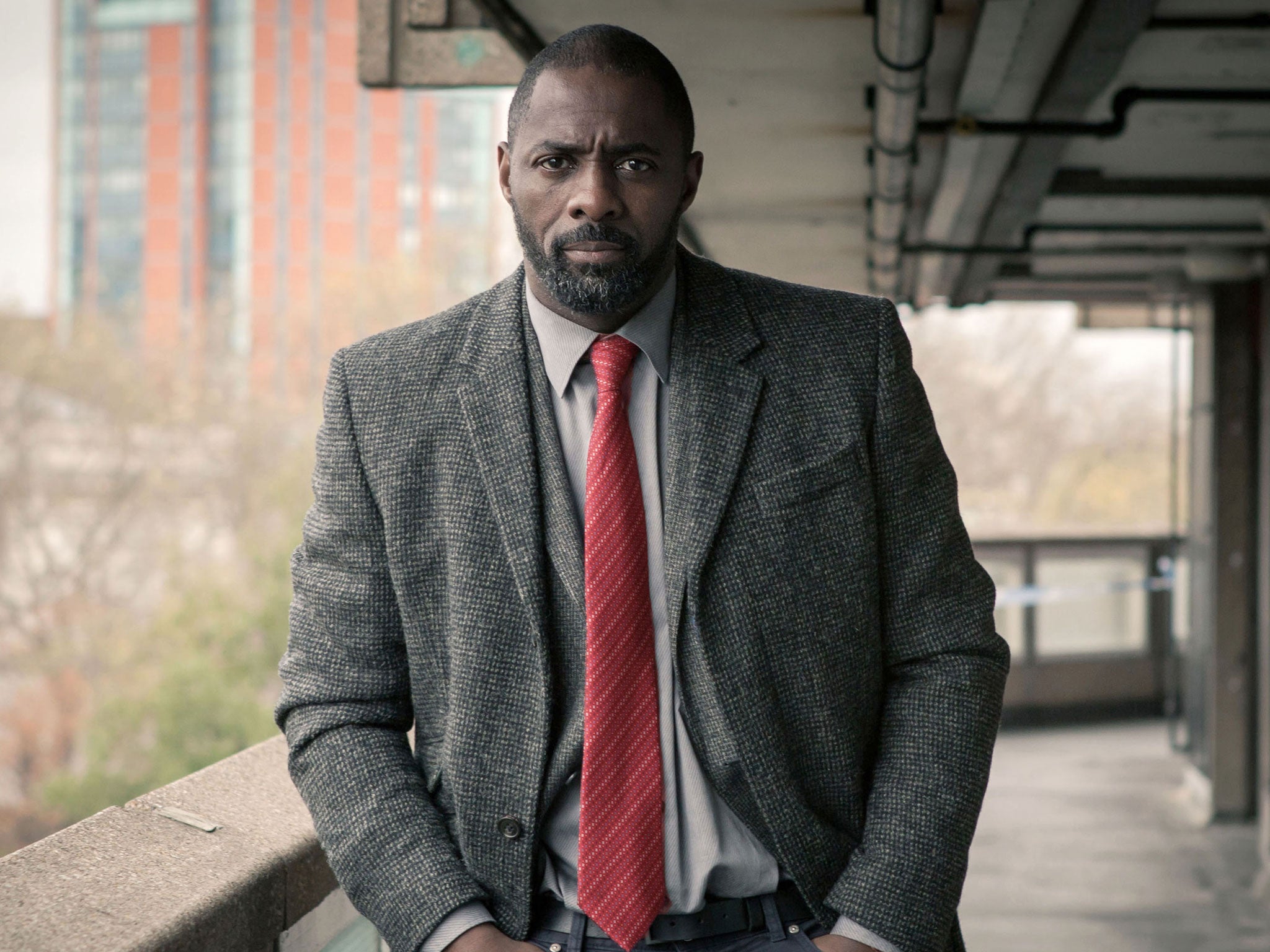Here is my final draft of the screenplay: Short Film Screenplay Final Draft
It includes the ending I have decided on, but is lacking a title. I don't think that the title is critical at this point in time, and is something that will be more appropriate to decide once I have started to capture the tone of the film.
In this post I want to go through some of my justifications for certain parts of the screenplay:
In this post I want to go through some of my justifications for certain parts of the screenplay:
- The main body of dialogue occurs during Dylan's monologue at the start. I thought it would provide enough exposition but also be emotionally engaging. For example we learn that he is mourning the death of his brother who was killed by a car, hence his reference to 'headlights and windscreen', and we also learn that they were street kids, and that Dylan is intending to avenge his brother. This passage also features the only use of profanity. I wanted Dylan's statement of 'you deserved more than the headlights and windscreen of a fucking car' to convey frustration at the lack of meaning in his death and also emotion, unwilling to accept he is truly gone. Therefore I think that the use of 'fucking' adds a level of emotional depth, contributing to Dylan's character by showing that the only way he knows to vent his anger is through violence and swearing, stereotypical of the 'street kid' I am trying to represent.
- A monologue is a very theatrical technique, and many are used as a soliloquy in Shakespeare's plays. They are very common in television and films where characters talk to people who have died, trying to reconnect or maintain contact with someone they have lost. I was inspired by the monologues in Vikings, where Ragnar speaks to his dead daughter and friend, and Sons of Anarchy, where Jax speaks to his dead father. There is a sense of closure about using a monologue as a form of mourning. It verbalises the character's feelings, and also in my case, clarifies several plot points. The final line, 'I'll finish this fight for you, one last time', was inspired by Jason Statham's speech at the start of Furious 7; 'I'll settle your one last score'.
- I thought that opening with a non-linear sequence would be quite a fancy way of incorporating some ambitious editing into my film. We begin with Dylan in the present, and then use a flashback to show him at the place where his brother was killed. I think that this flows better than just a chronological narrative, because it initially leaves the viewer guessing.
- If possible, I would have loved to use a non-diegetic score during the scene where Dylan is following the father and son, because that way I could have picked a soundtrack that mimicked Dylan's changing mindset, providing a slow, dreamlike tone to the action taking place. Since I am not allowed to use soundtracks or music that isn't mine, I thought I could fill in some of that silence with dialogue between the father and son. I chose to focus on the topic of the father going to court for killing Dylan's brother, using this brief section of dialogue to fuel the plot and establish the father's character as regretful but honourable.
- As the father and son drive off, I write that Dylan points the gun and pretends to shoot. This scene is largely modelled off of the final scene in Justified season 1, where Raylan has opted to let his adversary go and as he drives off points the gun after him. With regards to my narrative, I think that it is a very poetic sequence that would show Dylan contemplating his choice, as well as showing him come to terms with his decision. It shows both acceptance of his choice and uncertainty about whether it was the right thing to do. The scene can be found here:
Justified Season 1 Final Scene
- Towards the end, the father goes to the place where he ran over Dylan's brother to pay tribute and show his respects. This scene is intended to mimic the scene where Dylan mourns his brother at the start, emphasising symmetry between the characters. However I am going to have them bring different coloured flowers as a way of emphasising their contrasts. The simple line of 'I'm sorry' is a very simple but nuanced way of conveying remorse and the father's apologetic nature.
- I am still unsure on the final scene. I could see the narrative being effective enough by ending it on the scene with the father at the accident site, but the scene of Dylan at the beach could be too much overkill in my opinion. Although he chose to spare the father, would he really have changed that profoundly? I think that I will shoot the scene anyway, and decide in the editing process which ending I shall use.













